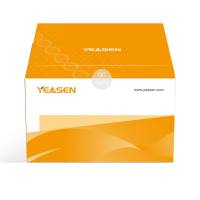Isolation and Subfractionation of Plant Mitochondria for Proteomic Analysis
互联网
663
Mitochondria carry out a variety of biochemical processes in plant cells. Their primary role is the oxidation of organic acids via the tricarboxylic acid cycle and the synthesis of ATP coupled to the transfer of electrons from reduced NAD+ to O2 via the electron transport chain. However, they also perform many important secondary functions such as synthesis of nucleotides, amino acids, lipids, and vitamins, they contain their own genome and undertake transcription and translation by some unique mechanisms, they actively import proteins and metabolites from the cytosol by a complex set of carriers and membrane channels, they influence programmed cell death of plants, and they respond to cellular signals such as oxidative stress. To understand the full range of mitochondrial functions in plants, the mechanisms that govern their biogenesis, and the way in which mitochondrial activity is perceived by the nucleus requires precise information about the protein components of these organelles. Isolation of mitochondria to identify their proteomes and the changes in these proteomes during development and environmental stress treatments is already under way. In this chapter we provide methods for isolating mitochondria from different plant tissue types, advice on assessing purity and storage of mitochondrial samples, and approaches to fractionate mitochondria to separate their membranes and soluble compartments from each other for proteome analysis.









